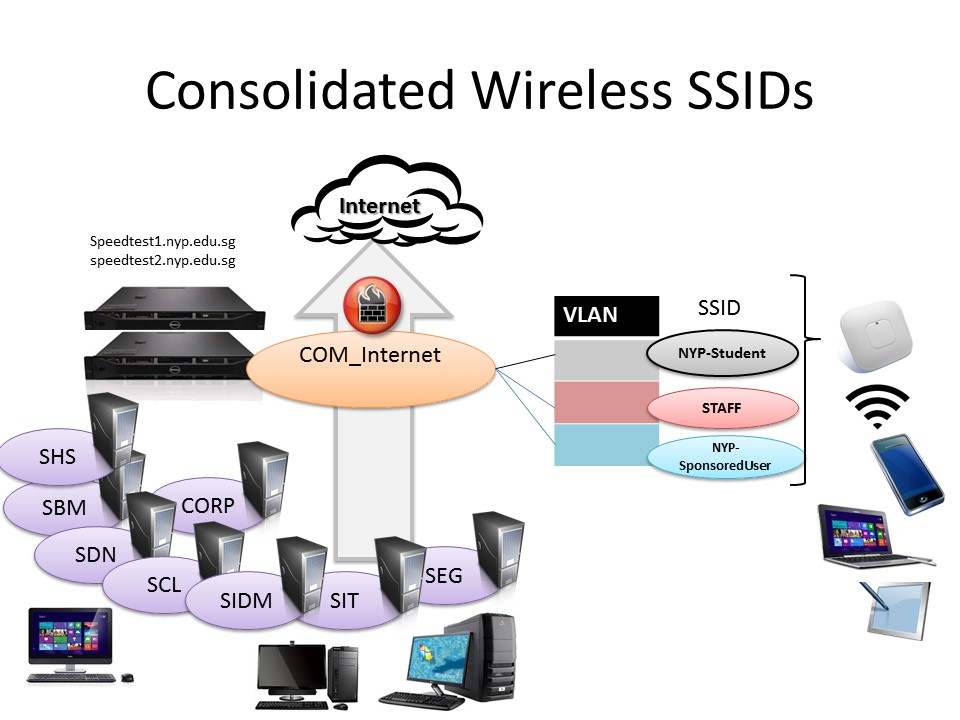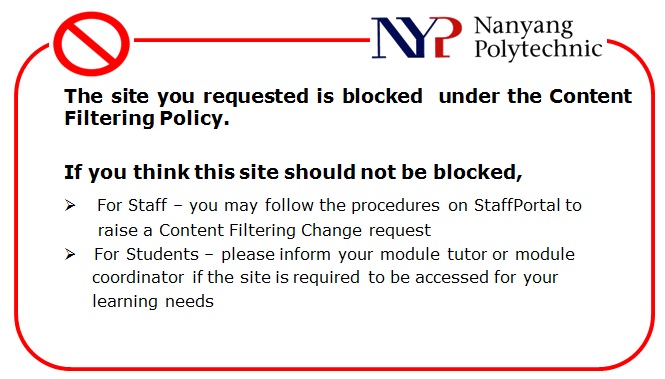| Anonymizers (an) |
This category includes URLs that enable anonymous Web browsing through an intermediary to prevent unauthorized parties from gathering personal information, but also allows users access to any Web page and bypassing blocking software. Pages that provide free proxy IP addresses are also included in this category. |
|
| Anonymizing Utilities (au) |
This category includes Web page language translators and Web-page-caching utilities that could be used as anonymizers, without the express purpose of bypassing filtering software. |
|
| Criminal Skills (cs) |
This category includes URLs that promote or provide the skills to commit illegal or criminal activities. |
|
| Drugs (dr) |
Sites in this category provide information to illegal or recreational drugs. |
|
| Extreme (ex) |
This category is used in conjunction with Gruesome Content, Pornography, Violence, or Game/Cartoon Violence. |
|
| Gambling (gb) |
This category includes sites that allow users to wager or place bets online or provide gambling software. |
|
| Gambling Related (gr) |
This category includes information relating to gambling. |
|
| Gruesome Content(tg) |
This category includes URLs with gruesome contents. |
|
| Hacking (hk) |
This category includes URLs that distribute information on hacking and hacking tools. |
|
| Hate Speech (hs) |
This category includes sites that provide any sort of information that would encourage the oppression of a specific group of individuals. |
|
| Malicious Sites (ms) |
This category includes sites that deploy codes designed to hijack your computer's settings or activity. |
|
| P2P/File Sharing (pn) |
This category includes the exchange of files between computers and users for business or personal use. An example of P2P use is downloadable, shared music. P2P may offer bandwidth usage risks, or allow users to compromise network security by distributing proprietary or sensitive data outside a secured network. |
|
| Phishing (ph) |
This category includes sites that typically arrive in hoax e-mail established only to steal users' account information. |
|
| Pornography (sx) |
This category includes URLs that contain pornographic materials. |
|
| Profanity (pr) |
This category includes URLs that contain crude, vulgar, or obscene language or gestures. |
|
| School Cheating Information (sc) |
This category includes URLs that promote plagiarism or cheating by providing term papers, written essays, or exam answers. |
|
| Sexual Materials (sm) |
This category includes sites with sexual innuendo, humour, e-commerce, educational or medical descriptions or depictions of sexual acts. |
|
| Spam Email URLs (su) |
This category includes URLs that arrive in unsolicited SPAM emails. These are harvested directly from user’s email inboxes. |
|
| Spyware (sy) |
This category includes URLs that download software that covertly gathers user information through the user's Internet connection, without his or her knowledge, usually for advertising purposes. |
|
| Violence (vi) |
This category includes real or lifelike images or text that portray, describe, or advocate physical assaults or violence. |
|

